
If you love spring flowers in your yard, September is the ideal time to start planning your planting. Although it might seem like summer is not quite over, and it’s too early to even dream about spring, the soil conditions make for ripe planting. While the soil remains warm, it’s a perfect environment for planting, allowing the flowers to establish and settle before the cooler climes strike.
Here, we’ve called on the advice of planting experts to share their top tips on what flowers to plant in September and how to achieve the optimum yield from your blooms.
What flowers to plant in September
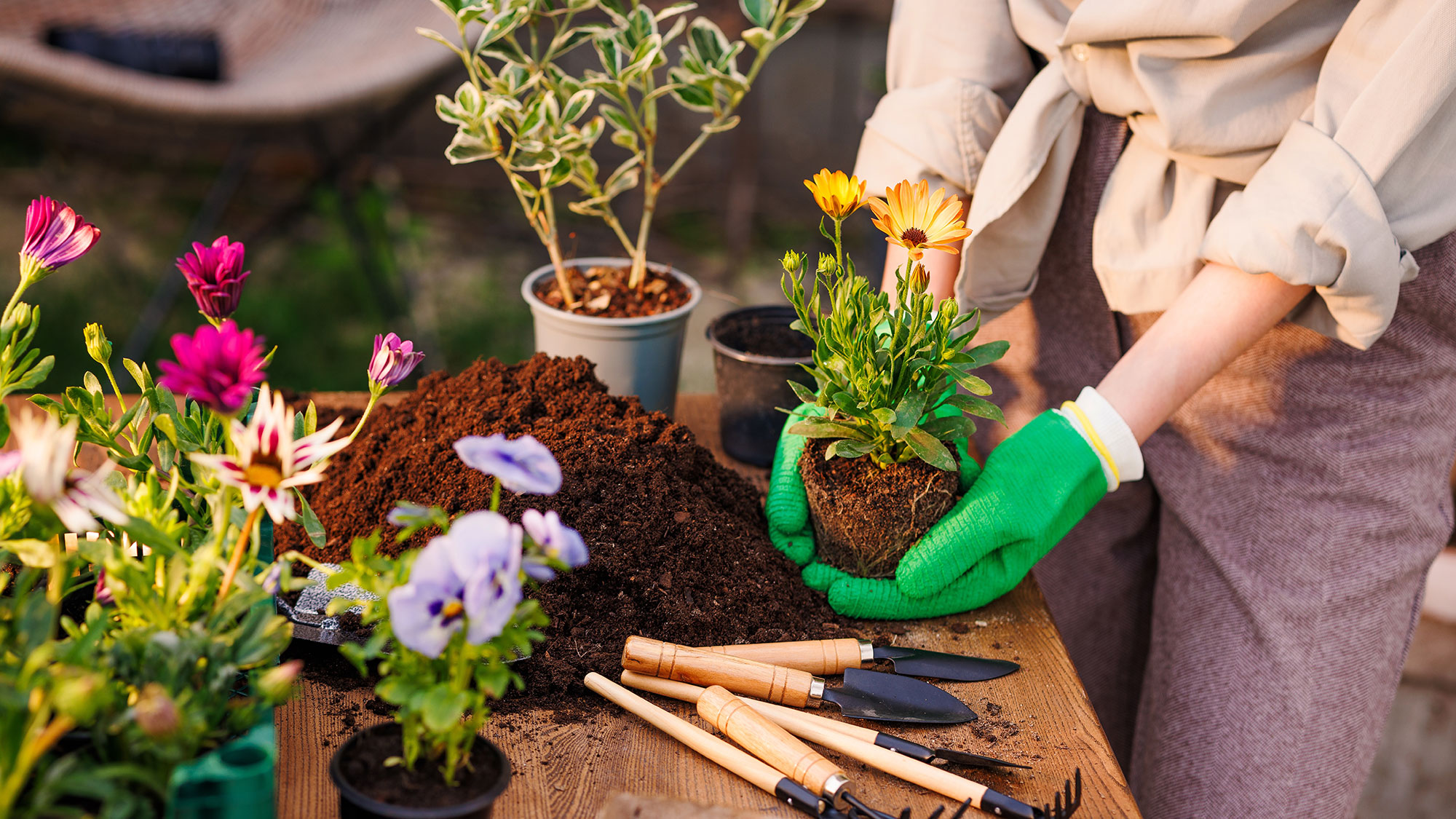
Alex Betz, landscape designer at Plant By Number, says, “Depending on your climate, September can be the perfect time to plant flowers, as it’s generally not too late. Many gardeners use the time to plant perennials, shrubs, and fall-blooming annuals.”
Lisa Mason Ziegler, founder of The Gardener’s Workshop, says that cool-season hardy annuals make a good choice for planting in September, especially if you pick varieties that can survive your lowest winter temperatures during fall.
She explains that planting in the fall allows these plants to become well-established before going dormant for winter, adding, “This long ‘getting ready’ time for spring leads to earlier blooms that will bloom longer on healthier plants.”
Betz adds, “The cooler weather helps plants settle in without the stress of summer heat, while the warm ground encourages root growth, and the cooler air temperatures help reduce transplant shock.”
Apart from seeing plenty of blooms in your yard in spring. Laura Walsh, director of marketing at Oasis Forage Products, says that planting flowers in September will make for an excellent cutting garden, “The flowers you plant now will establish themselves and be ready to produce abundant blooms in the spring, perfect for clipping and bringing indoors for beautiful arrangements.”
So, grab your best gardening gloves and get ready to plant these 7 flowers in September.
1. Hellebore
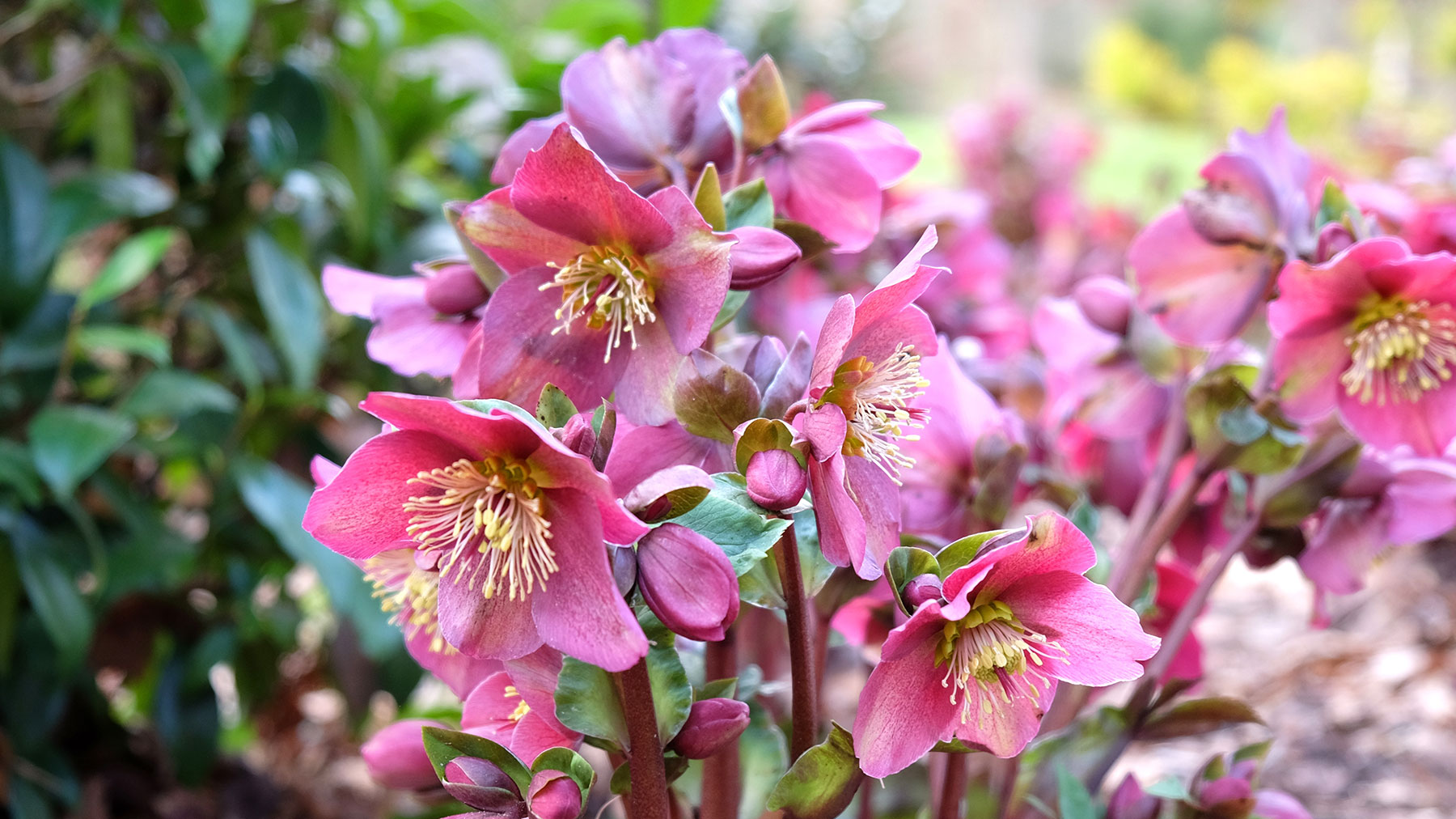
Hellebores’ common name is Lenten rose, and they produce a beautiful rose-like flower with evergreen foliage. Betz says, “Hellebores can bloom in late winter to early spring, making them a beautiful addition to shade areas,” as they enjoy partial shade.
Planting tips
For transplants, Betz advises planting them in well-drained, rich soil, spacing them 12-18 inches apart, and giving them space to mature. For seeds, he suggests direct sowing them outside and giving them a light covering of soil.
Hellebores will benefit from organic matter being worked into the soil to help retain moisture. Betz adds, “Keep the soil moist but not soggy; they prefer slightly moist conditions, especially during dry spells.”
Adding mulch will also help to retain moisture and suppress weeds.
Planting Zone: 3 to 9 (although hardiness will vary with species)
2. Calendula
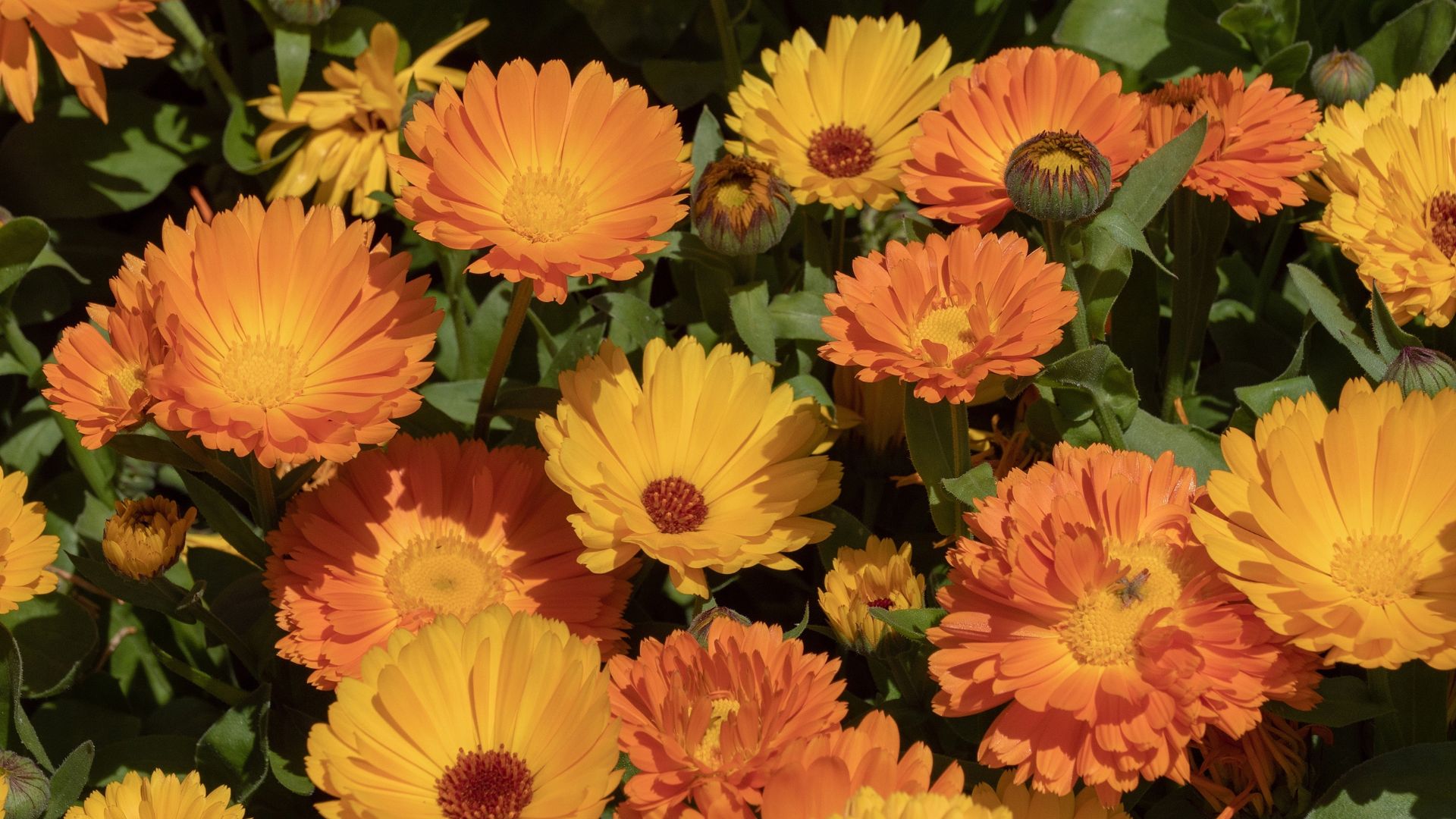
If you’re keen to encourage wildlife into your garden, Calendula is a good choice, as the bright yellow and orange flowers attract beneficial insects. They are also known to draw aphids away from vegetable plants and make a good companion plant in a vegetable patch.
Planting tips
Walsh suggests direct sowing Calendula seeds in your yard in late summer to early fall, covering them lightly with soil. If using transplants, she recommends spacing them 6-12 inches apart during early fall.
She advises that Calendulas thrive in fertile soil with organic matter, prefer consistently moist soil that isn’t waterlogged, and will do well in full sun or partial shade.
Planting Zone: 3 to 11
3. Giant Larkspur

Giant Larkspur, (Consolida ajacis), is often spotted in a cottage garden. It has long flower spikes with delicate flowers in an array of pinks to blues and fern-like foliage, which pollinators love. Ziegler’s favorite variety is the QIS™ series, which includes shades of pinks, blues, white, and purples and features tall spikes of dense florets, with most producing double blooms.
Planting tips
Larkspur is easy to grow from seed and will reseed in your yard year after year. Ziegler explains that the seeds are winter hardy to 0°F, but need darkness to sprout, so she recommends covering them with ⅛ inch of soil. Seeds should be spaced about 4 inches apart, and you should expect them to germinate in 14 to 28 days. The seedlings can then be thinned to 10 to 12 inches.
Larkspurs do well in full sun, prefer well-drained soil, and appreciate some extra nutrients. As tall plants, they’ll appreciate staking or placing behind plants that can support them during high winds.
Larkspur is also known as a ‘cut and come again flower’, making it an excellent cutting flower, as the more you cut, the more they’ll grow.
Planting Zone: 2 to 11
4. Iceland Poppy
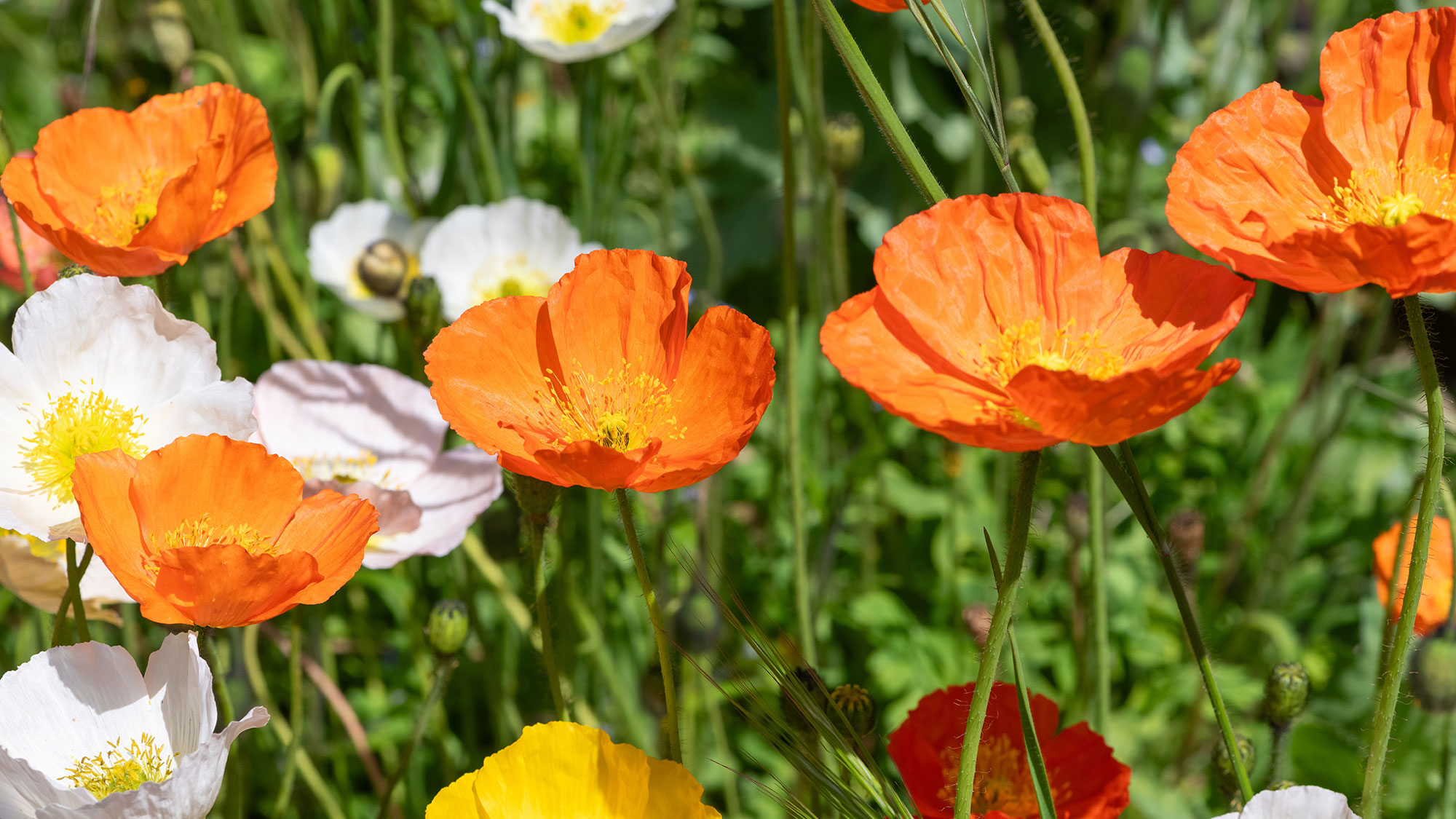
Unlike its name may suggest, the Iceland Poppy, or Papaver nudicaule is native to the subpolar regions of Europe, Asia, and North America. It’s one poppy that prefers cool climates and can be an early spring bloomer. Apart from looking stunning in your yard and providing a beautiful seed head once the blooms have finished, it also makes for an attractive cut flower.
Planting tips
Ziegler explains that the Iceland Poppy is winter hardy to 0℉ and that the seeds need light to sprout. She recommends firmly seating the seeds on the soil’s surface and leaving them uncovered. You should then expect the seeds to sprout in 7 to 21 days. Seedlings can then be thinned to 9 inches apart.
Ziegler explains the quickest sprouting occurs at a cool night time temperature of around 55℉ and on warm days, rather than hot days, around 70-75℉. Your poppies will benefit from regular watering, and once established, they’ll appreciate mulch at the base of the plants to retain moisture, keep the roots cool, and prevent weeds.
And the best variety to grow? Ziegler recommends ‘Champagne Bubbles’, a prolific flower with masses or silky blooms.
It’s also best to direct sow Iceland Poppies outside from seed — you’ll have more success with this method as they don’t take to being transplanted and grown from seed indoors.
Planting Zone: 1 to 10
5. Snapdragons
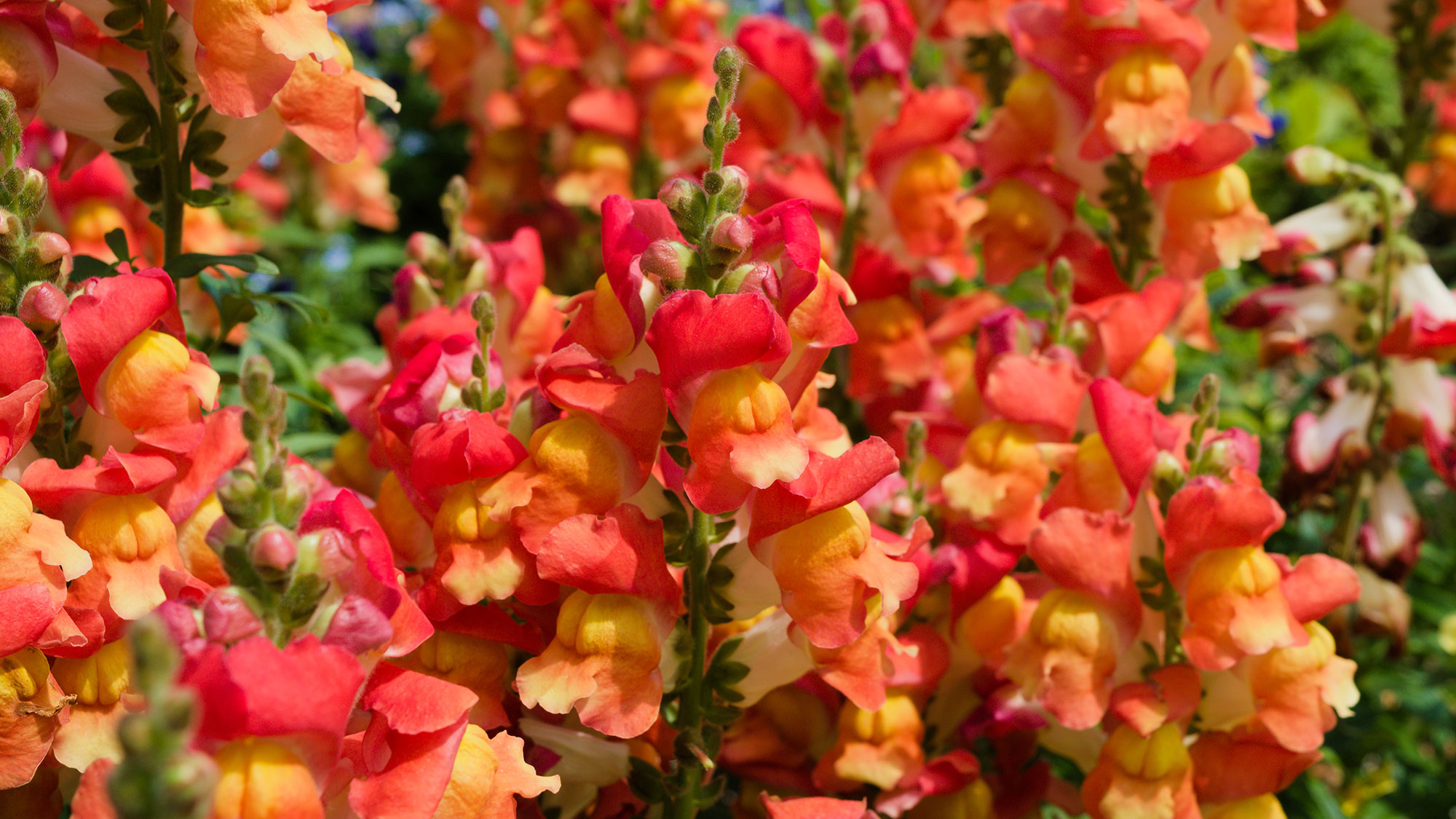
Snapdragons add a bit of fun to a yard. They are vibrant flowers and are a favorite among the young at heart, as you can squeeze the blooms to form a dragon-like mouth! I spent many summers in my Nan’s yard, making shapes from flower heads.
Planting tips
Walsh suggests planting seedlings in the garden in early fall and spacing them 6 to 12 inches apart. Seeds can be sown directly in late summer to early fall and covered with a light layer of soil. She adds that Snapdragons do best in well-drained, fertile soil rich in organic matter. The soil should be kept evenly moist, especially during dry spells. Snapdragons will thrive in full sun or partial shade and benefit from deadheading the spent flowers to encourage new blooms.
Snapdragons prefer cool months of spring and fall and can withstand light frosts but are sensitive to severe cold.
Planting zone: 7-11
6. Chinese Forget-Me-Nots
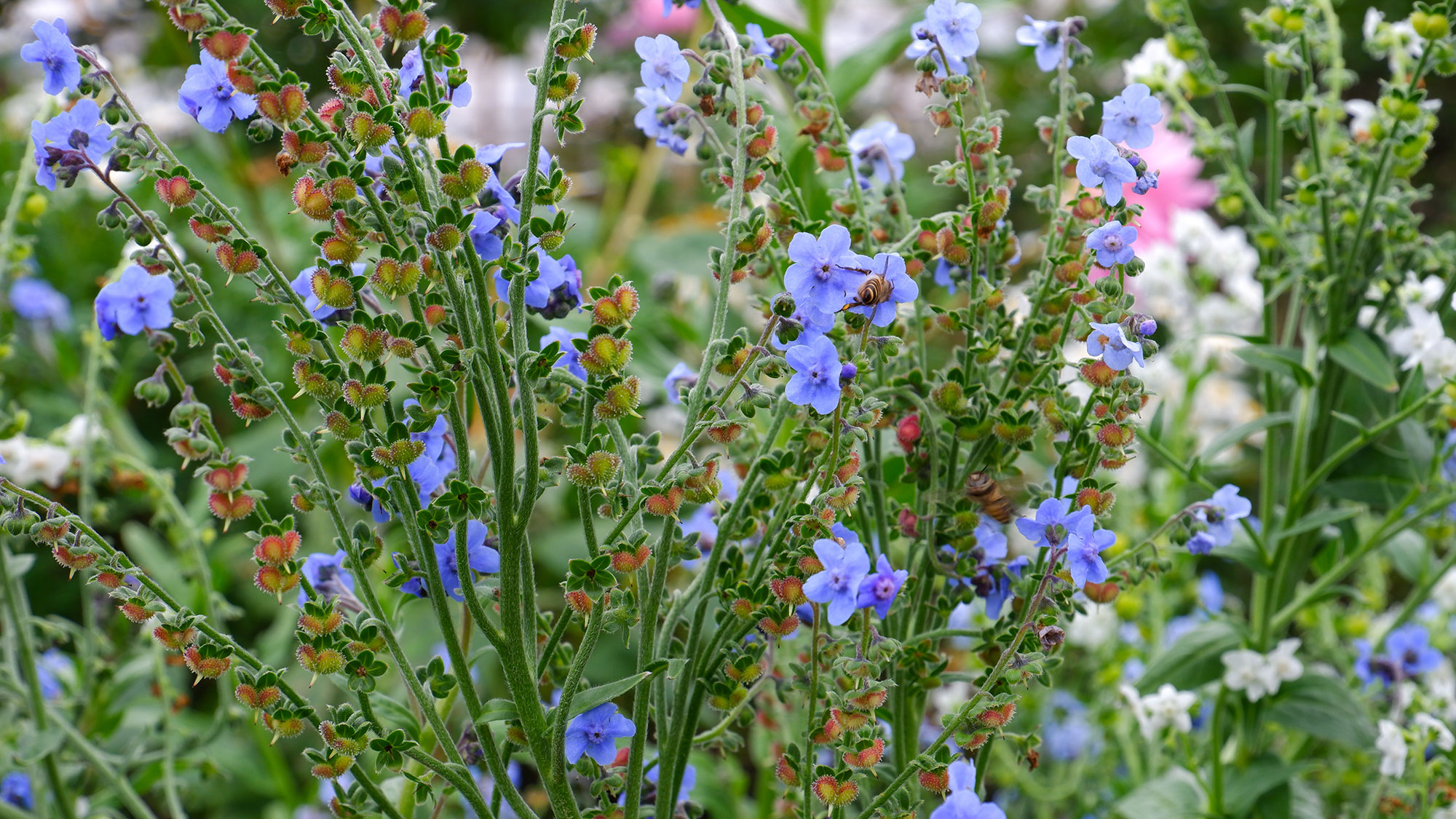
Similar to forget-me-nots, Chinese Forget-Me-Nots (Cynoglossum amabile), present a beautiful display of funnel-shaped sky-blue flowers. This hardy annual is quick growing and produces flowers for about six weeks.
Planting tips
Ziegler explains that Chinese Forget-Me-Nots are winter hardy to 0°F and that the seeds need light to sprout. She recommends direct sowing the seeds on top of the soil and leaving them bare. They should then sprout in 2-3 days. They do best in rich, well-drained soil that has been worked with organic compost before planting. Chinese Forget-Me-Nots also favor full or partial shade.
“This flower is a strong reseeder, if you leave some of the blooms in the yard to produce and drop seed, they will replant themselves,” she says. Her favorites include the varieties ‘Firmament Blue’ and ‘Mystery Rose,’ which has a delightful pale pink flower.
Planting zone: 6 to 9
7. Pansies
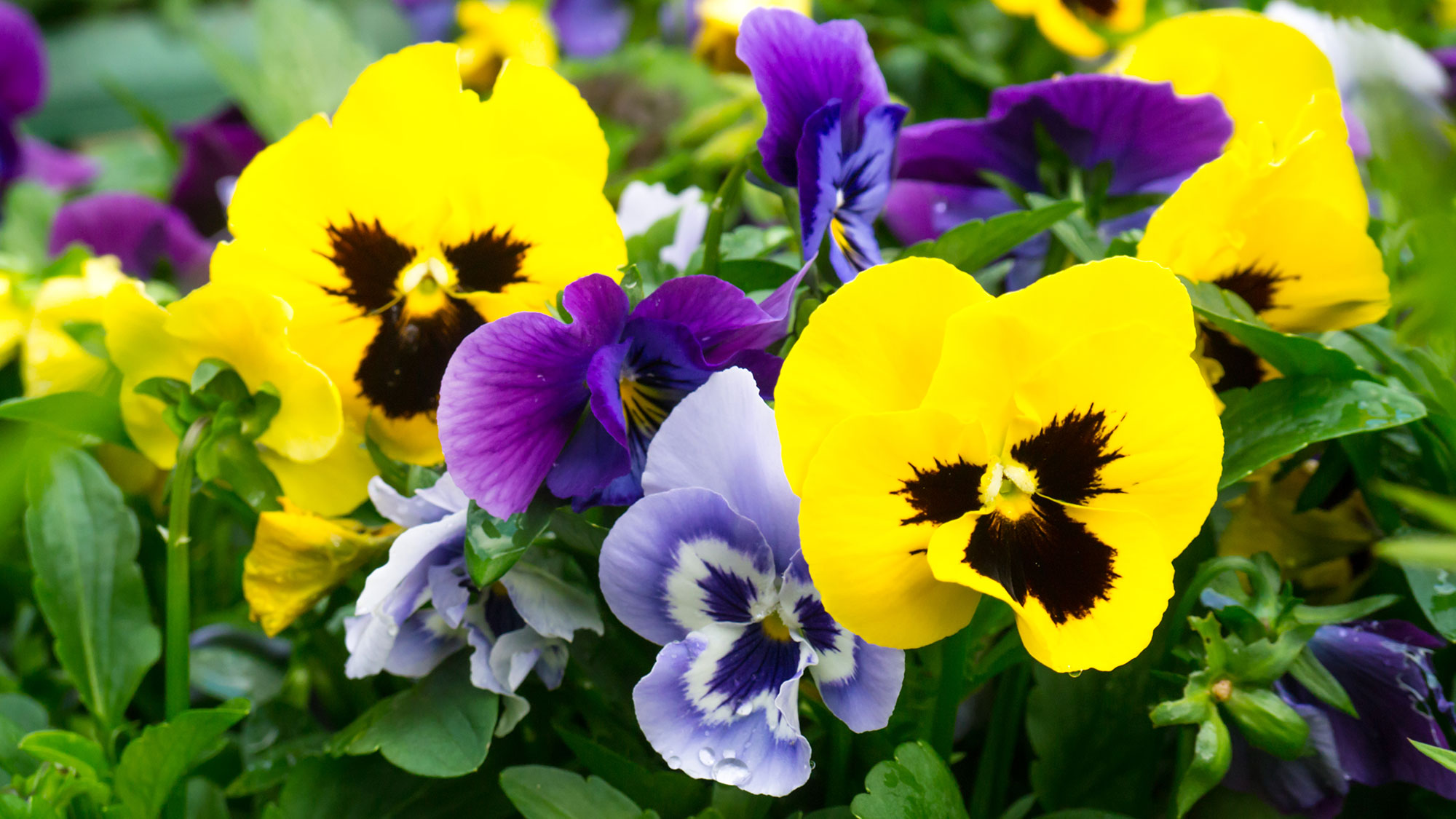
Panises (Viola tricolor var. hortensis), are popular among gardeners because they come in a variety of colors and make for a perfect bedding plant. Their versatility allows them to be planted in beds, containers, and hanging baskets.
Planting tips
Betz recommends transplanting healthy seedlings into your yard before the last frost, spacing them 6-8 inches apart. Seeds should be sown directly, placed ¼ inch deep, and then covered lightly with soil. The seedlings can then be thinned to 6-8 inches apart once they have developed their true leaves. Pansies do best in well-drained, fertile soil mulched with organic matter and prefer consistently moist soil that isn’t waterlogged. They’ll also thrive in full sun to partial shade. He also advises deadheading spent flowers to encourage continuous blooming.
What is a true leaf?
A true leaf is a foliage leaf of a plant rather than a seed leaf or cotyledon leaf.
Planting zone: 4 to 8
What makes September the perfect time for planting?
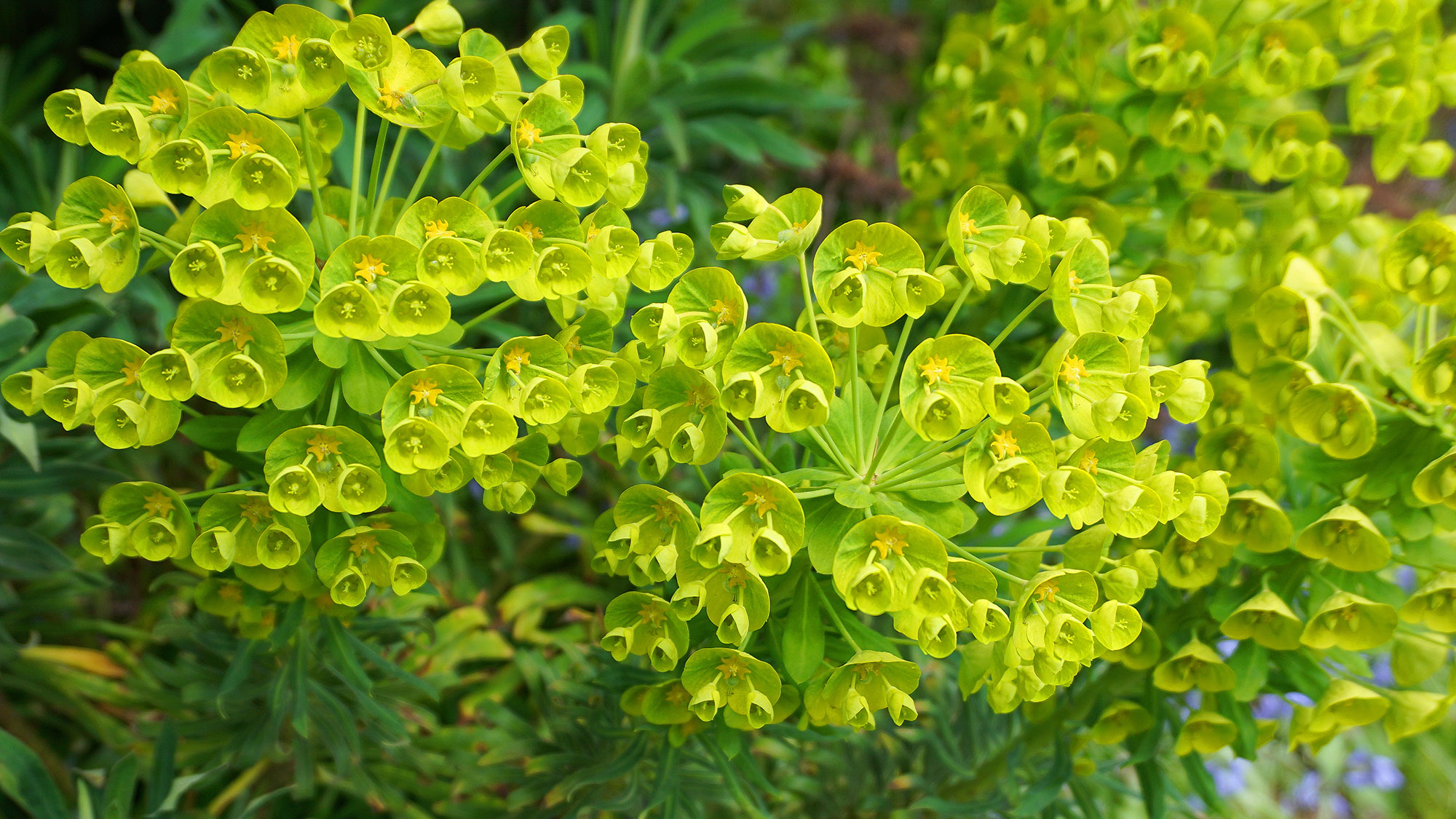
What makes cool season hardy annuals so special? Ziegler explains, “They don’t just survive cool-to-cold weather, they thrive in these conditions, it is their ‘secret sauce’ for abundant growth and blooming.”
Ziegler says the key to success in planting them outdoors during the ‘awkward’ times of fall and spring is to do so when it best suits your environment. She suggests that if a flower is known to survive your winter’s lowest temperature, plant it in the fall, but if it doesn’t survive your lowest winter temperature, plant it in the early spring. She measures early spring as being 6-8 weeks before your last spring frost.
Pictured above is an example of Bells of Ireland, a cool season hardy plant that she recommends to plant in September, along with Dill and Batchelor Buttons, which are not included in the list above.







